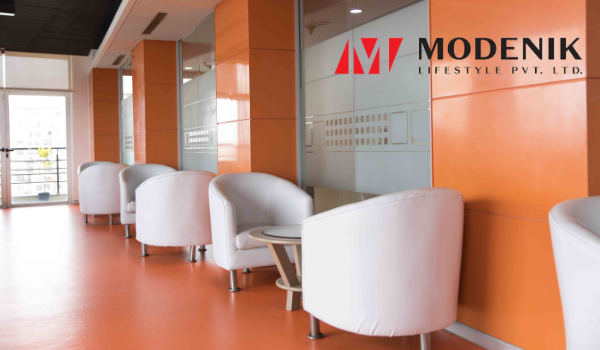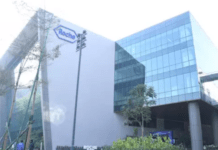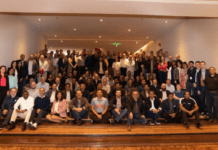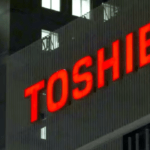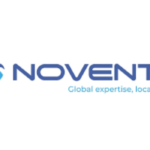Last year, Advent International decided to merge its two portfolio companies, Dixcy Textiles and Gokaldas Intimate wear, the latter being the parent company of Enamor. What was common to both the companies was the nature of business, which was retailing of comfortable and essential wear.
Dixcy had an edge with its strong distribution network, while Enamor had it’s strengths in product development & design. The former was a men’s innerwear brand and the latter a women’s brand.
When the two merged to form a new entity with the brand name ‘Modenik Lifestyle’, a key imperative to integrate the cultures of the two merged entities and bring the sense of one team.
“It was like starting the process of building a new culture from scratch,” shares Sanchayan Paul, CHRO, Modenik Lifestyle, speaking with HRKatha.
Company Values: A key element of integrating was building the cultural architecture and as part of that process was to decide upon the organisational values. As per Paul, the top 60 leaders in the merged entity had brainstormed to come up with the company values of Modenik.
The four pillars of the cultural framework at Modenik are quite simple and easy to understand, as Paul rightly mentions.
1. Collaboration
2. Doing what is right
3. Challenge boundaries
4. Make things happen
Though the cultural pillars were decided by and large by the leadership team at Modenik Lifestyle, informally, feedback from other employees was also taken.
In fact, Paul reveals that “the leaders of both entities started working together and meeting each other before the merger happened, which helped in easy transition of the process”.
Leadership: While building the framework of the new culture, articulating a shared purpose, values and harmonising people practices in the new entity was the softer part of the process, the other part was the harder aspects of harmonising roles, work levels and grades.
“The leaders of both entities started working together and meeting each other before the merger happened, which helped in easy transition of the process.”
Sanchayan Paul, CHRO, Modenik Lifestyle, speaking with HRKatha
“In our strategy, we were clear that there would be only one integrated structure and that functions / units would have only one selected functional leader. However, in certain situations we had two candidates for the same position in the merged entity,” reveals Paul, which posed a challenge.
After all, Dixcy and Enamor had their own functional leaders before the merger. That means, post-merger, a choice would have had to be made between the two.
The company decided to work with an external management consulting partner to build a new leadership framework. This involved conducting various analyses on the basis of skills to decide who would best fit the leadership roles.
“External help was brought in to maintain fairness and keep any kind of bias from creeping in,” says Paul.
As part of the new leadership framework, some major differences were observed in terms of the mindset to drive transformation in the company.
We required leaders capable of driving those transformations in the merged entity”, asserts Paul.
Leadership and Functional competency assessments were done to select a leadership team. He leaders were chosen basis the level of skills, experience and exposure.
“The size of the two entities was different. There were cases where one leader had less exposure to handling a business at such a scale,” points out Paul.
The ones who were the right fit, were given the roles. The Company tried to accommodate everyone by giving them new roles.
Paul admits that some people were not happy with the location of their role while some were unable to align with the new vision of the Company. “Therefore, with all respect and dignity, we had to take the tough call of asking them to look for new opportunities. This was the challenging part,” recalls Paul.
The Company refrains from sharing the exact number of people that had to be let go, Paul does mention that retrenchment happened only at the leadership level. “Not a single employee was laid off at the factories or stores,” shares Paul.
The new leaders were also required to be upskilled as they were given different roles. Men’s and women’s clothing categories were merged, and therefore, people had to be upskilled as per the new organisational design that was created.
For example, branch operations leaders went through a six-month upskilling programme involving executive coaching, mentoring, and in class and online programs. The Company also tied up with management development institutions to upskill leaders.
The new entity has actually gained a lot on the diversity front. This wasn’t really surprising, because Enamor had a healthy team of women consultants who advised customers on women’s clothing.
As per Paul, despite all the challenges, Modenik Lifestyle was able to drive change and move forward. The sentiments and engagement level of employees have improved, as new opportunities are being created for the people. In fact, the firm has embarked upon its first management trainee programme post the merger.
Value our content... contribute towards our growth. Even a small contribution a month would be of great help for us.
Since eight years, we have been serving the industry through daily news and stories. Our content is free for all and we plan to keep it that way.
Support HRKatha. Pay Here (All it takes is a minute)





